In this feature article pH regulation in self-assembled materials is reviewed, presenting an exciting class of molecular imaging and therapeutic agents.
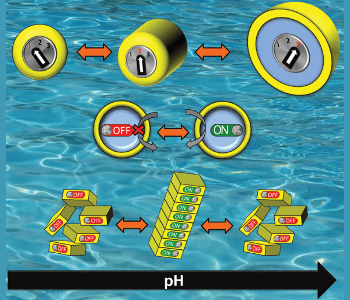

In this feature article pH regulation in self-assembled materials is reviewed, presenting an exciting class of molecular imaging and therapeutic agents.
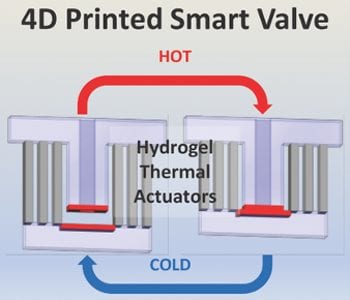
Australian researchers report on a 4D-printed thermally active hydrogel valve, which can control the flow of water.
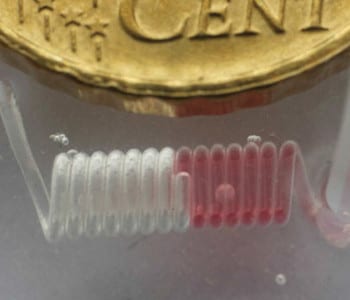
Scientists based in the Netherlands and Spain have recently developed a two-step printed scaffold-removal method to fabricate intricate microfluidic devices.
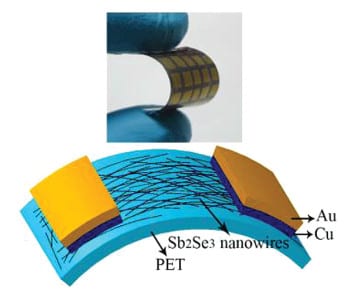
A new solvothermal approach to synthesize ultrathin nanowires, with applications in flexile photodetectors, is demonstrated.
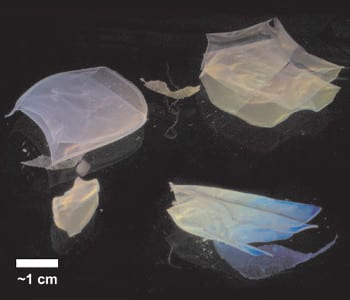
Cross-linked hydrogel-particle films with tunable size, shape, porosity and optical transmission are obtained with a simple evaporation method.

In this comprehensive review, the main research routes and technologies that are being followed to deliver high-performance electronic skin are discussed.
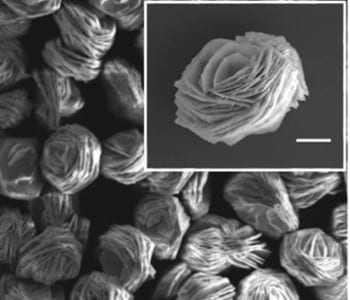
A unique 3D reduced graphene oxide–cobalt oxide composite material presents promising properties as an anode for lithium-ion batteries.
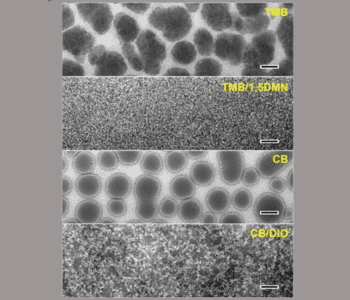
A team of US and Chinese scientists has demonstrated a new, nonhalogenated solvent system to produce high performance polymer solar cells.
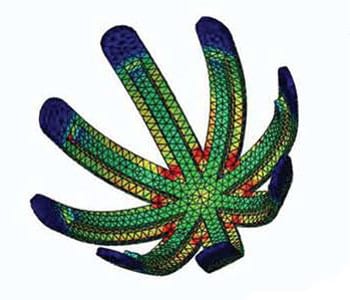
A team of researchers at Stanford University has developed shape-controlled, self-wrapping electronics based on carbon nanotubes.
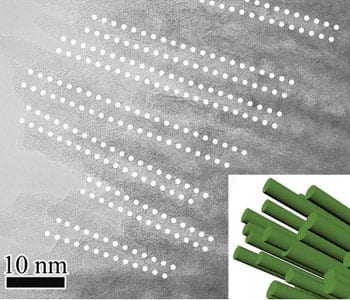
Hierarchical structuring in hybrid amorphous/crystalline nanowire bundles provides a promising anode material for lithium-ion batteries.